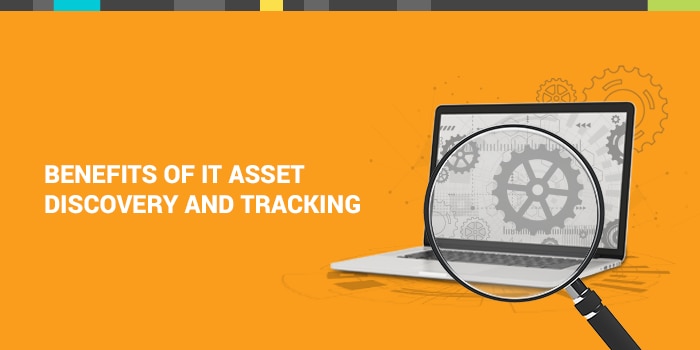What is IT Asset Discovery?
The term ‘discovery’ is really an overarching concept that can be applied in several different contexts in the software world, but in this post we’ll stick to how this concept is used in relation to IT asset management and service management. Think of IT asset discovery as the means to collect an inventory of technology assets in the organization. This includes computers, mobile devices, network-connected devices, hardware, software, etc. This is really the starting point that allows organizations to create and benefit from a complete IT asset management strategy.We found 400 computers that we didn’t know we had. We were in the middle of a massive equipment refresh, so it’s great to know what we have and where it is.” –Andrew Newman, Director of Information Management and Technology, Rogers Behavioral Health Read the case studyThis concept of asset discovery is not to just discover once, but rather have this be a continuous process that produces an up-to-date picture of your IT assets as things change.








